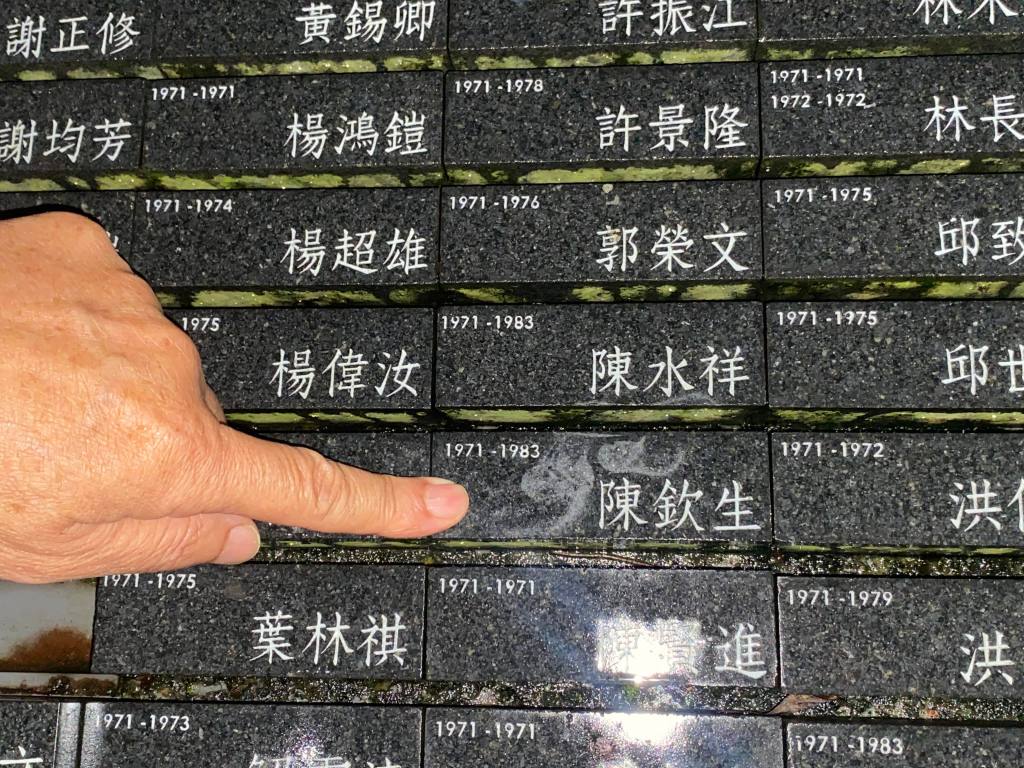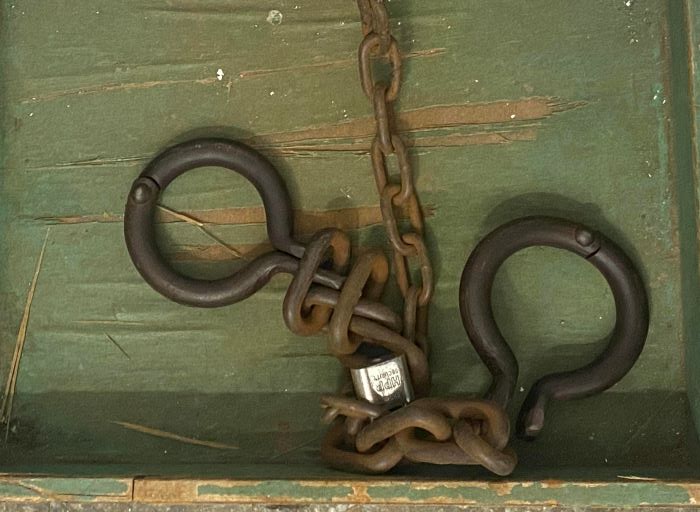The story of Fred Him-San Chin – Wrongfully imprisoned during Taiwan’s White Terror
Built in 2018 the National Human Rights Museum, located in Taipei, Taiwan, provides publicly accessible research and educational materials relating to the period of martial law in the country, and works with museums globally as well as throughout Taiwan. The museum is housed in the former detention center, court, and jail where political prisoners were incarcerated and tried during the White Terror period of Taiwanese history (from 1947 to 1987). These now deceptively peaceful but somber grounds include minuscule jail cells, heavy metal ankle and wrist shackles, the old commissary, and an infirmary. This often overlooked museum is highly recommended for the insight it gives into the horrors of authoritarianism, and just how far Taiwan has come since then in such a short time; its transition from authoritarian rule to a representative, electoral system was swift and peaceful. I’ve lived in this thriving democracy, the leading light of democracy in Asia, for over a decade, and it never ceases to amaze me just how quickly the country changed from a tyrannical and authoritarian regime to the island of peace and freedom I know it to be now.
On Saturday evening I went to the National Human Rights Museum to go on a guided tour lead by Fred Him-San Chin (陳欽生). Mr. Chin is a Taiwanese citizen of Chinese descent who was born in Malaysia and was wrongfully imprisoned in Taiwan from 1971 to 1983. He volunteers his time now, at 73 years old, to educate the public on his experiences. Why does he do this? To help him resolve his own trauma and to make sure horrors like this never happen again.

Mr. Chin, whose photo is above, graciously leads tours in English for those curious about Taiwan during the White Terror period. If you’re not familiar with the term, it refers to the political repression of civilians living on the island of Taiwan by the government, under the rule of the Kuomintang (KMT). The period of White Terror is generally considered to have begun when martial law was declared in Taiwan in May 1949 and ended in September 1992. Mr. Chin came to Taiwan from Malaysia in 1967 to study at National Chung Kung University in the southern city of Tainan. In March of 1971, Mr. Chin was brought to Taipei by KMT secret police, where he was imprisoned and tortured. His crime? He wasn’t told. He wasn’t even given a trial, but told only to “admit to his crimes.” The details of his repeated torture and what he experienced at the hands of the guards is the stuff of nightmares, and I won’t write them here. To hear such a gentle, well-spoken, kindly man speak of the abuse and severe physical and mental anguish he suffered made me sick to my stomach. Eventually, Mr. Chin was forced to confess to a bombing that had taken place in the United States Information Service (USIS), where he spent time studying and speaking in English (his first language). He had spent time at the USIS because he spoke English fluently and did not know any Chinese, and it was a place where he could study and communicate with ease. Unfortunately being a foreigner was most likely the reason he was wrongfully accused of a crime. He was an easy target.

Mr. Chin was sentenced to death, but due to international pressure, from the US and Malaysia primarily, his sentence was commuted to twelve years in prison. In the image above you can see his name, in Chinese, and the dates of his incarceration at the National Human Rights Museum. Mr. Chin told our group that he tried to commit suicide many times while wrongfully incarcerated. The conditions that he was kept in provided only for the most basic of needs. He was a foreigner, a very young man, alone in a country where he could not speak the language and had no friends or family. In prison he was lucky enough to be given the responsibility of taking care of a stray dog, which he felt was his one true friend and a bit of happiness in an otherwise meaningless life. He and the other prisoners he was kept with were treated with no dignity. As the years went by he learned both Chinese and Taiwanese, and various skills necessary to survive in his environment, until his sentence finally came to an end in 1983. But his story doesn’t turn around and become a happy one. He was released without any sort of identification or documentation, making it impossible to get work or housing. He could not return home to Malaysia. He was homeless and stateless for the following three years.
Thankfully, in 1985 as martial law in Taiwan was ending he acquired an ROC (Republic of China) Identification Card. He made his first trip home to Malaysia in 1988 and spent several months there, but pressure from family made him realize that the best thing for him would be to return to Taiwan. As Mr. Chin said during his guided museum tour, his country of Malaysia had changed drastically since he had last been there. And, happily, after being released from prison he had had met a Taiwanese woman and they wished to marry and have a family.
Mr. Chin tried to move on with his life by marrying and starting a family, traveling internationally, and working. He described once seeing a guard who had brutally beaten him while in prison while on the streets of Taipei, and the overwhelming repulsion and rage he felt. But he had promised his wife that he would not discuss what had happened to him. And until 2009 he kept silent. But opening these long hidden wounds again would help Mr. Chin heal. Mr. Chin has often shown foreign audiences around, including most recently Nancy Pelosi on her trip from the US to Taiwan, and he has even written an English language autobiography.
Were the people who ever wrongfully accused him and sent him to prison ever found? Did they ever come forward or apologize to him? No. And given how much time has passed I doubt they ever will. But Mr. Chin will greet you with a smile, welcome your questions, and talk about his love for his adopted homeland of Taiwan. He holds no resentment in his heart. He feels lucky, he says, because his life has had meaning after all. This resilience truly struck me, considering the physical and psychological harm he went through for so long. He meets people from all around the world who want to listen to him and to learn more. He has been publicly apologized to by four of Taiwan’s presidents, and Taiwan has not shied away from admitting their mistakes. Unlike other countries in Asia, or around the world for that matter, and despite being new to democracy, Taiwan opened a museum to show the public what happened here. Mr. Chin is just one of 140,000 people who were tortured and imprisoned during the White Terror. Officially, about 4,000 died, not including those in extrajudicial executions involving between 18,000 and 28,000 victims. Hopefully by providing a truthful account of a horrible moment in history, we can avoid repeating it again in the future.

Mr. Chin’s book can be purchased from the National Human Rights Museum in person, or online. The museum offers many guided tours, in Chinese and in English, and I strongly encourage you to take one. You’ll learn a lot!
Facing the Calamity: A Step Through Hurts & Hardships and Looking Beyond for Generations to Come
by Fred Him-San Chin
